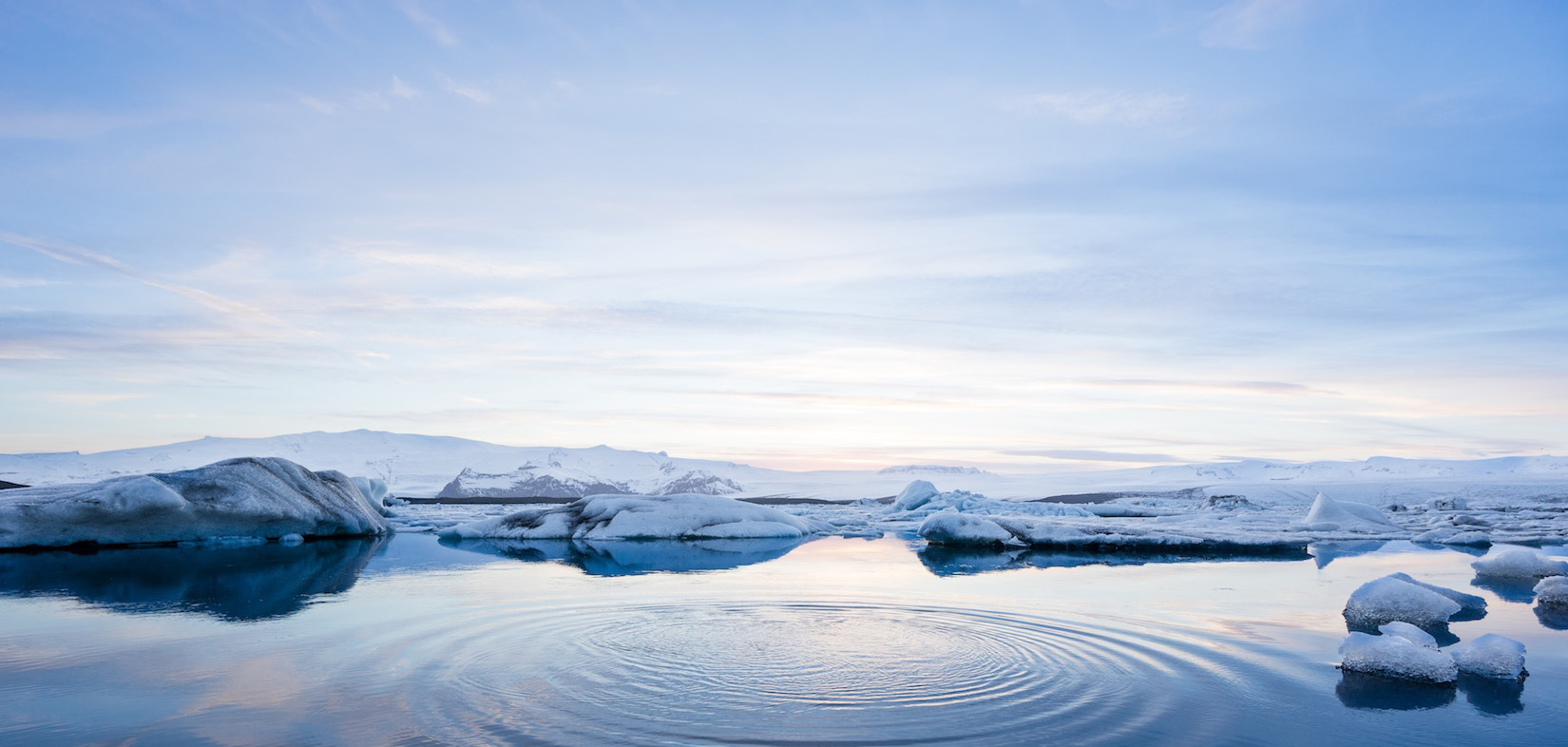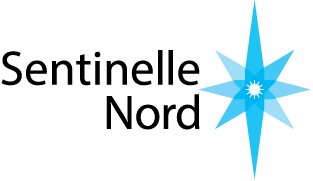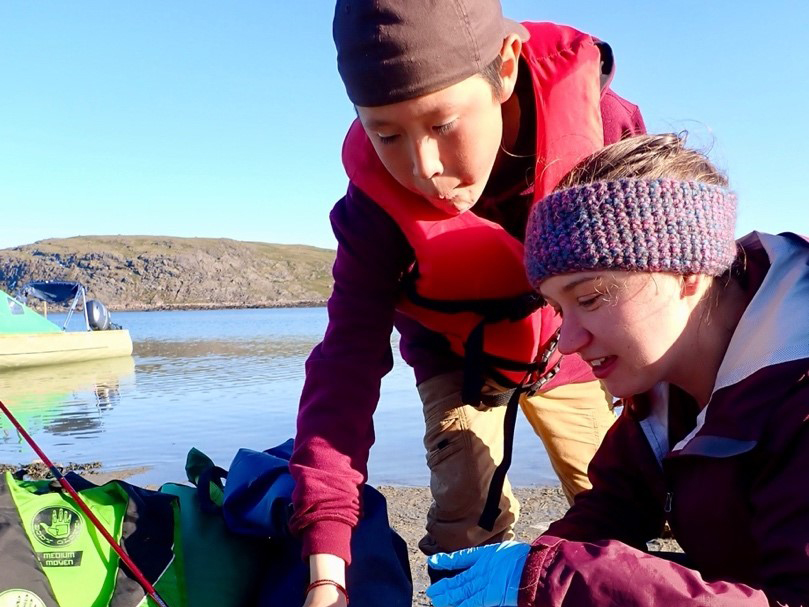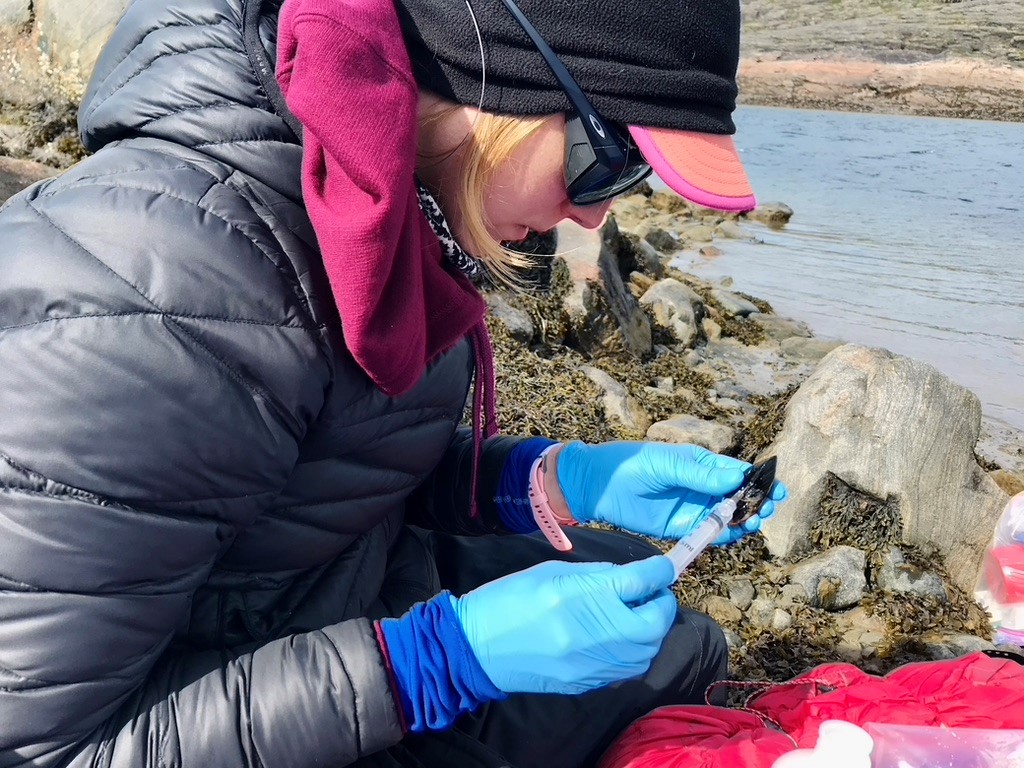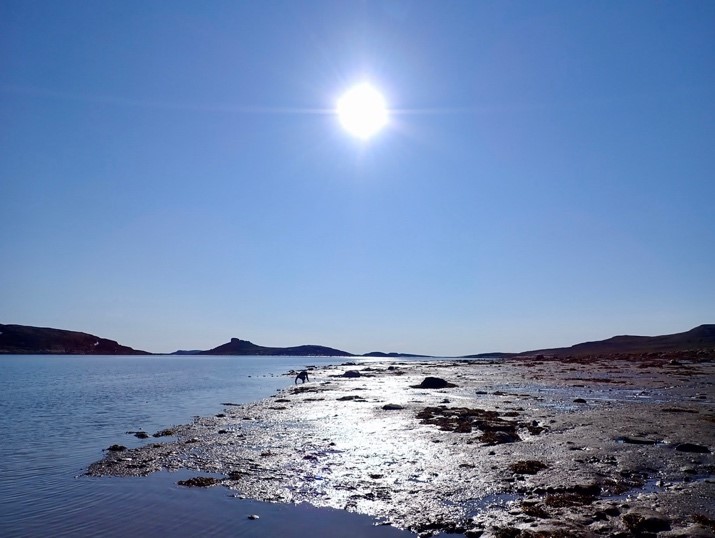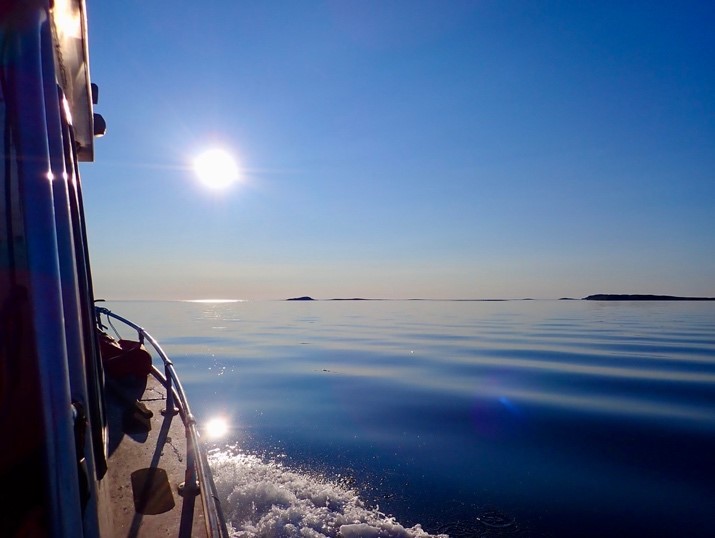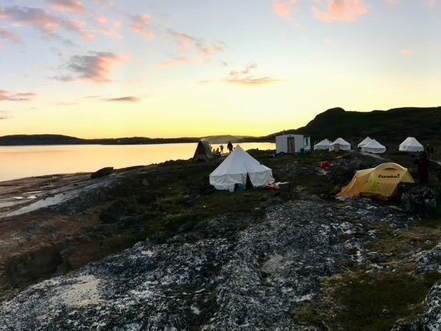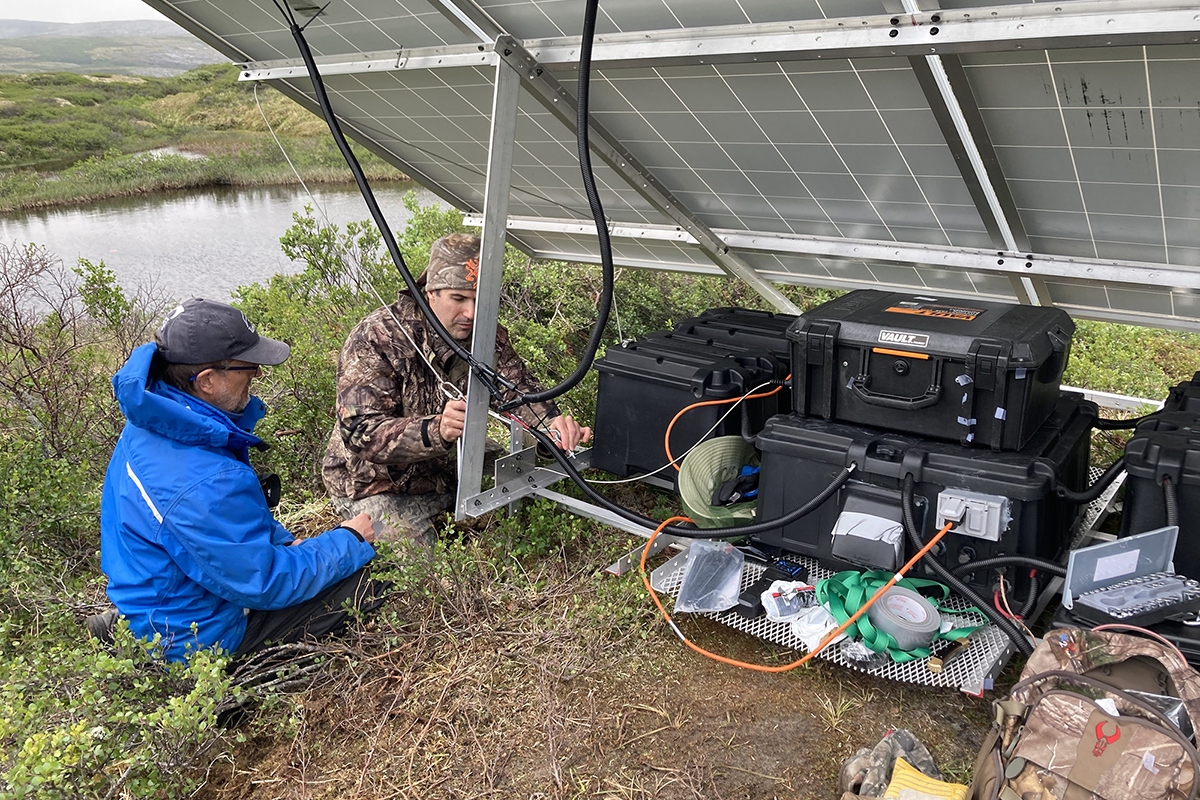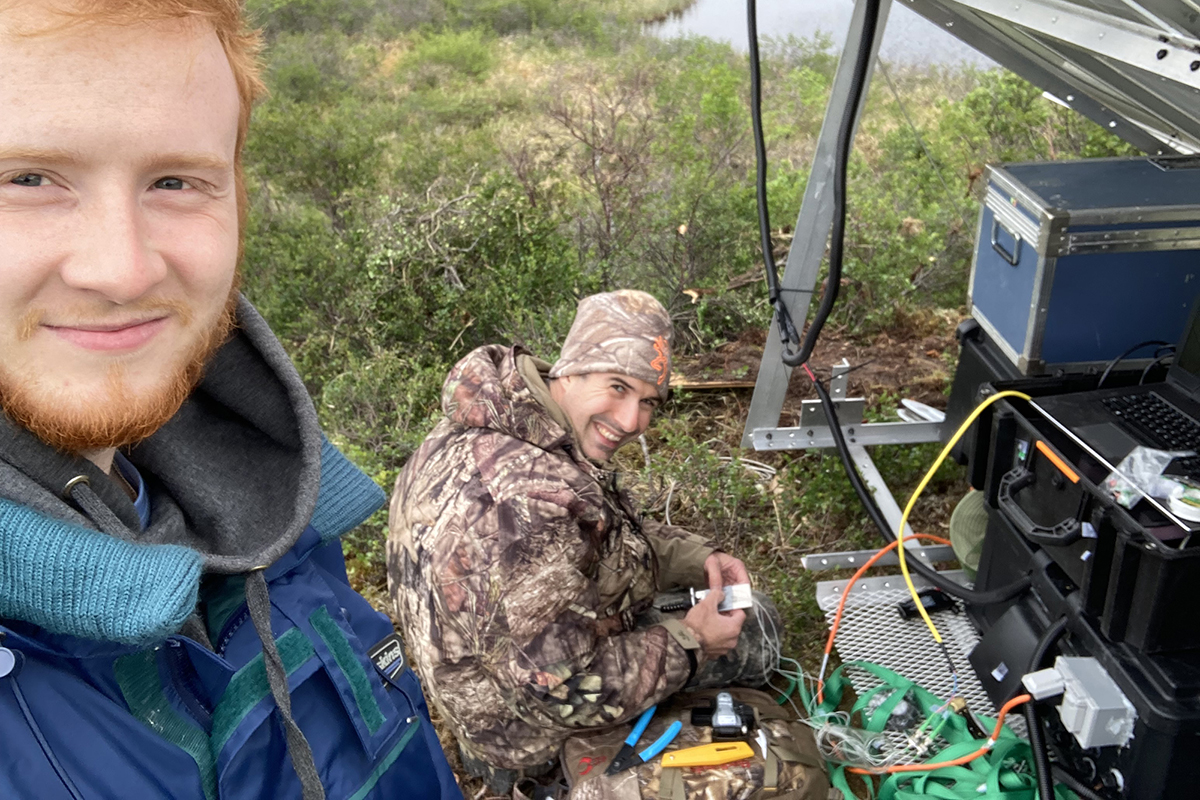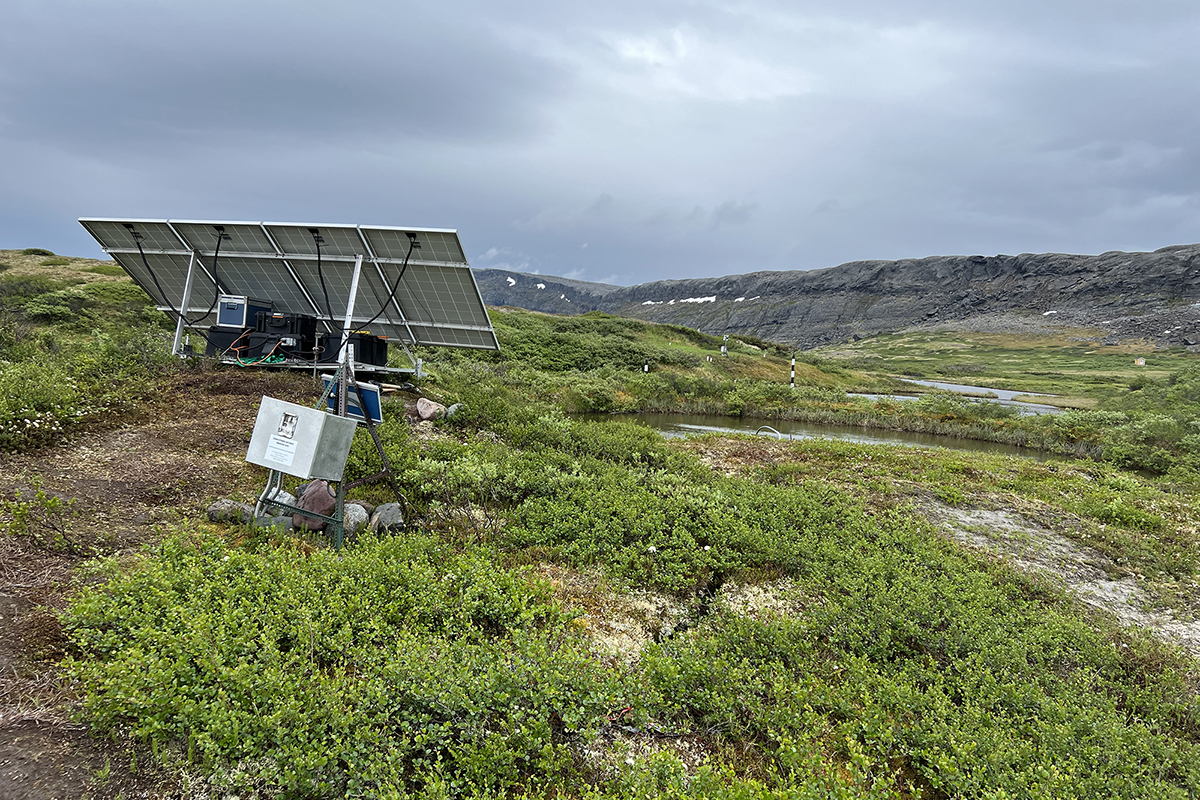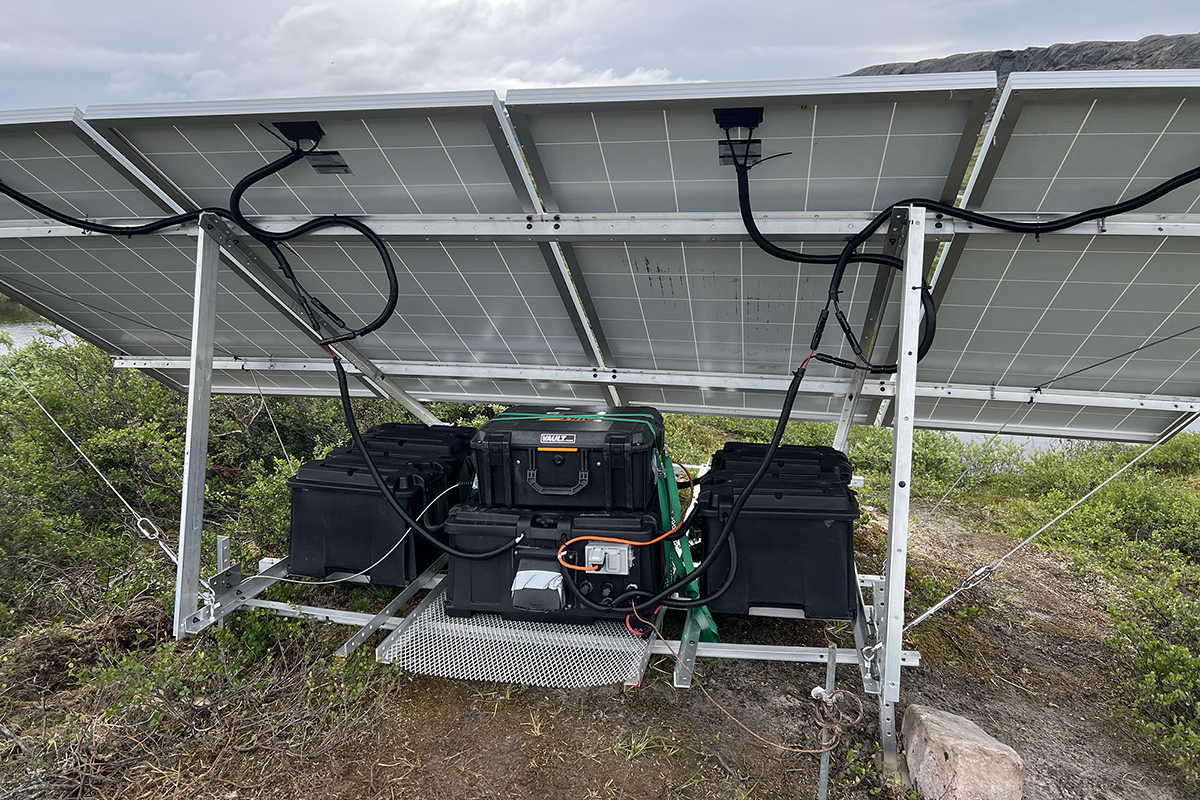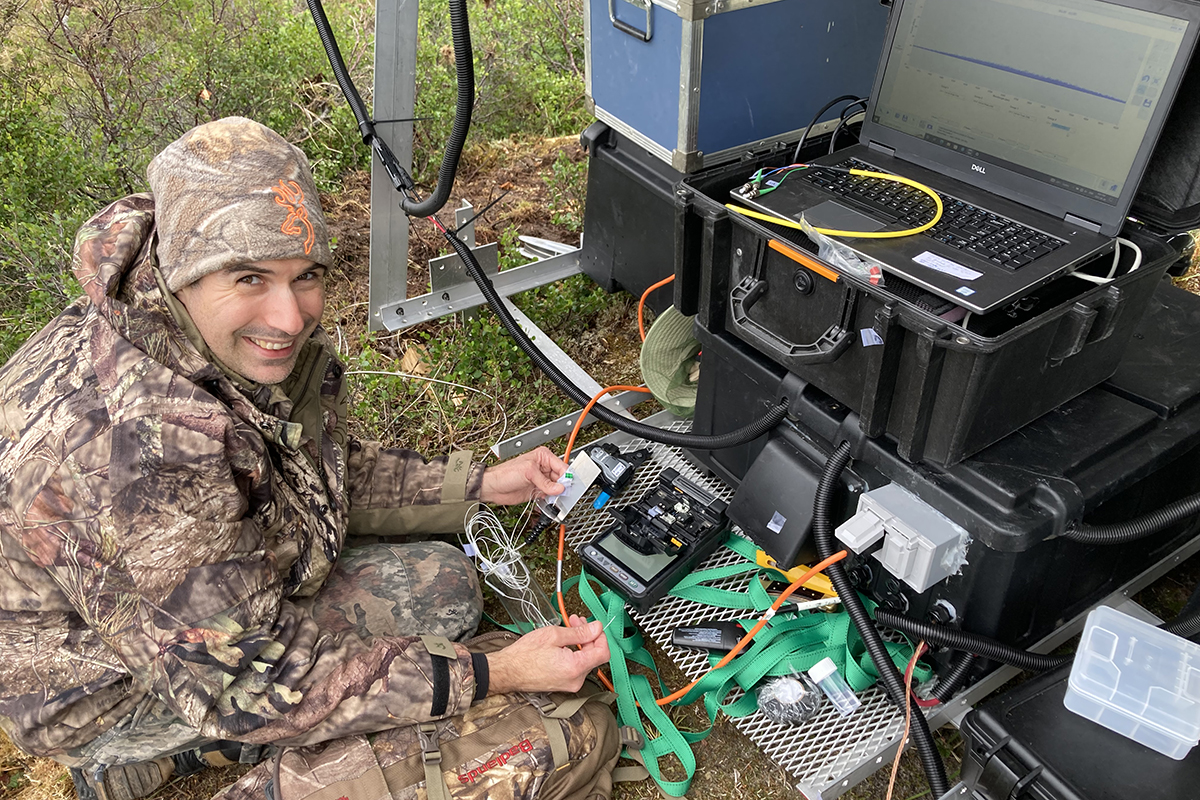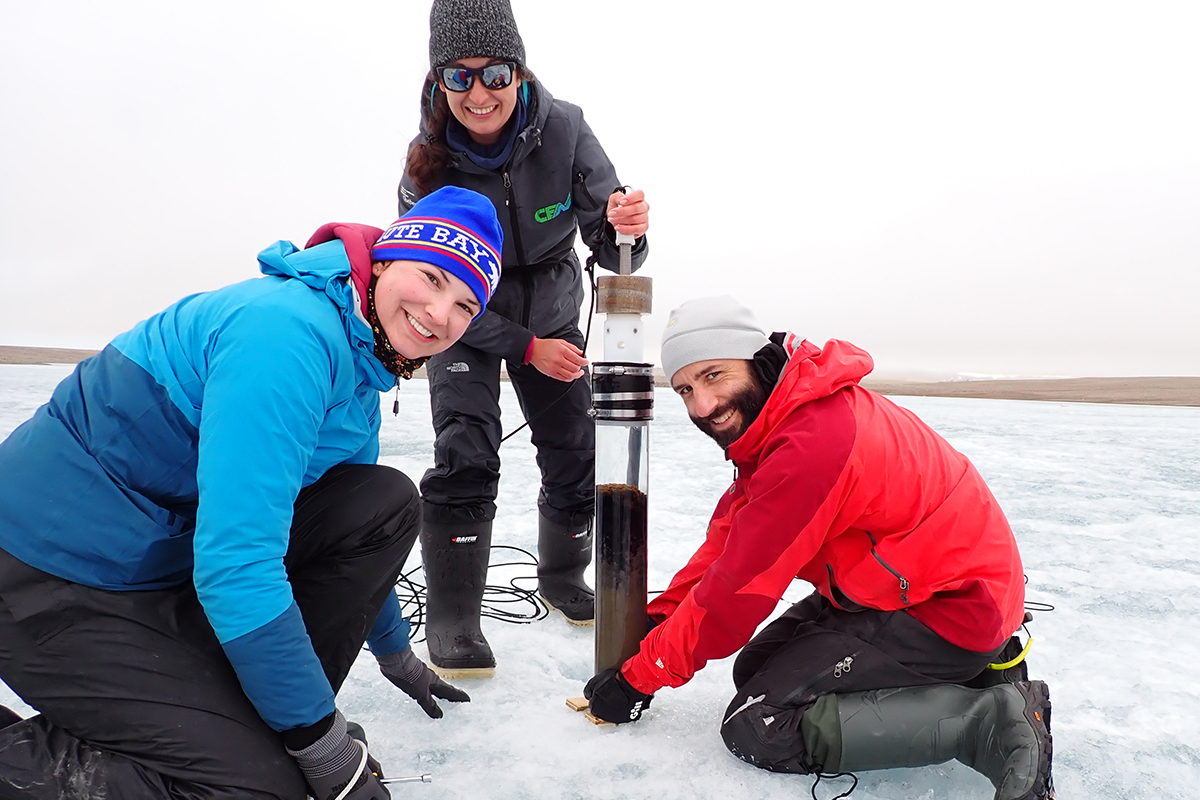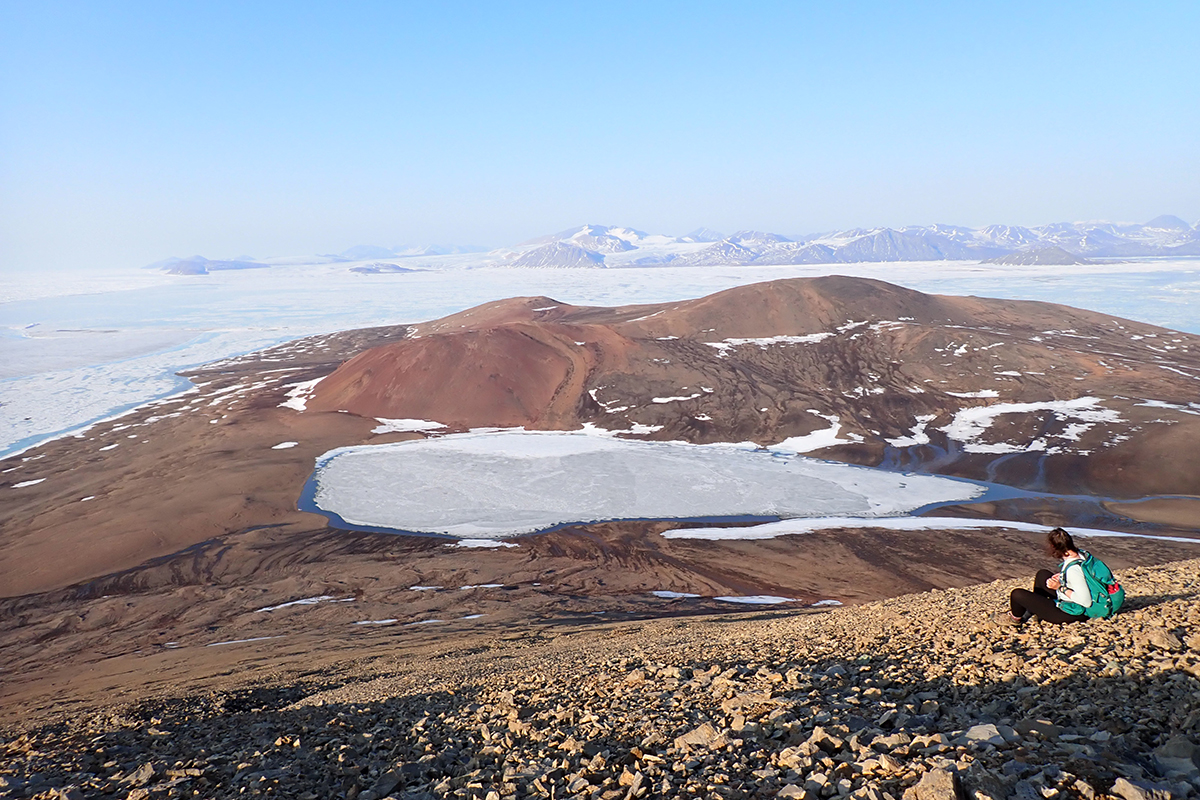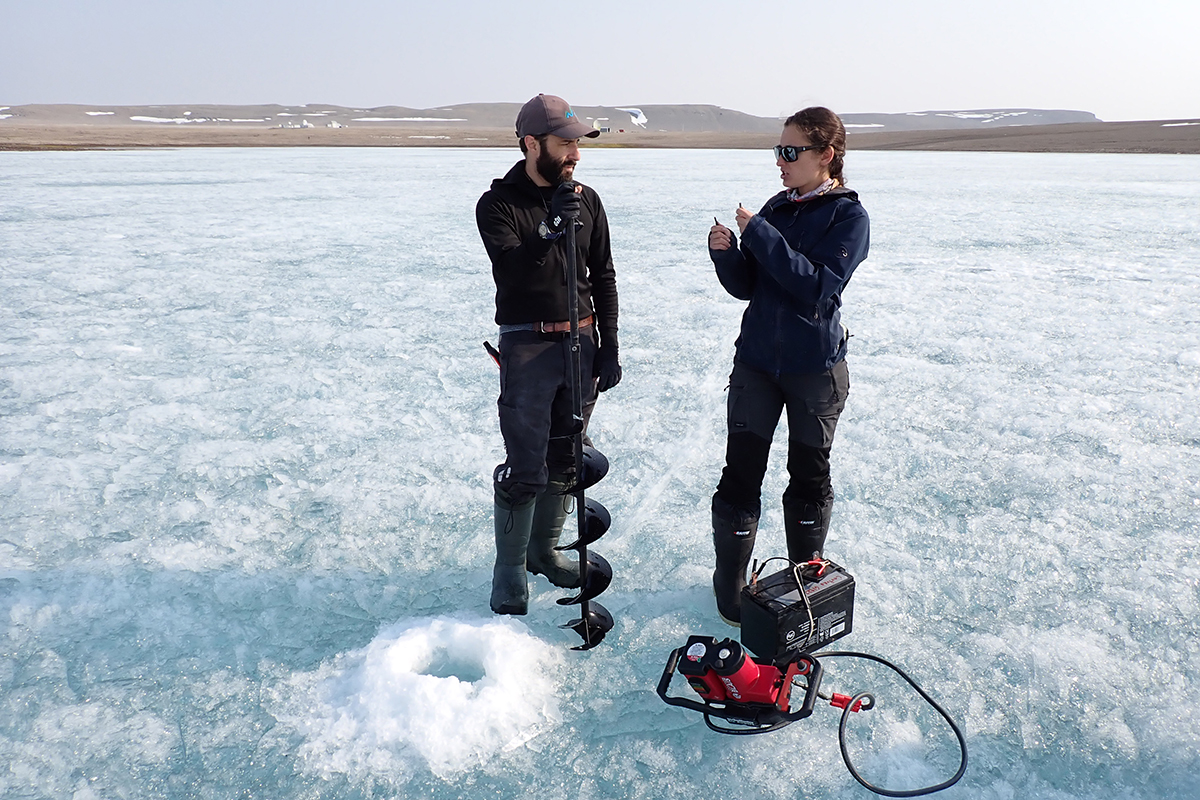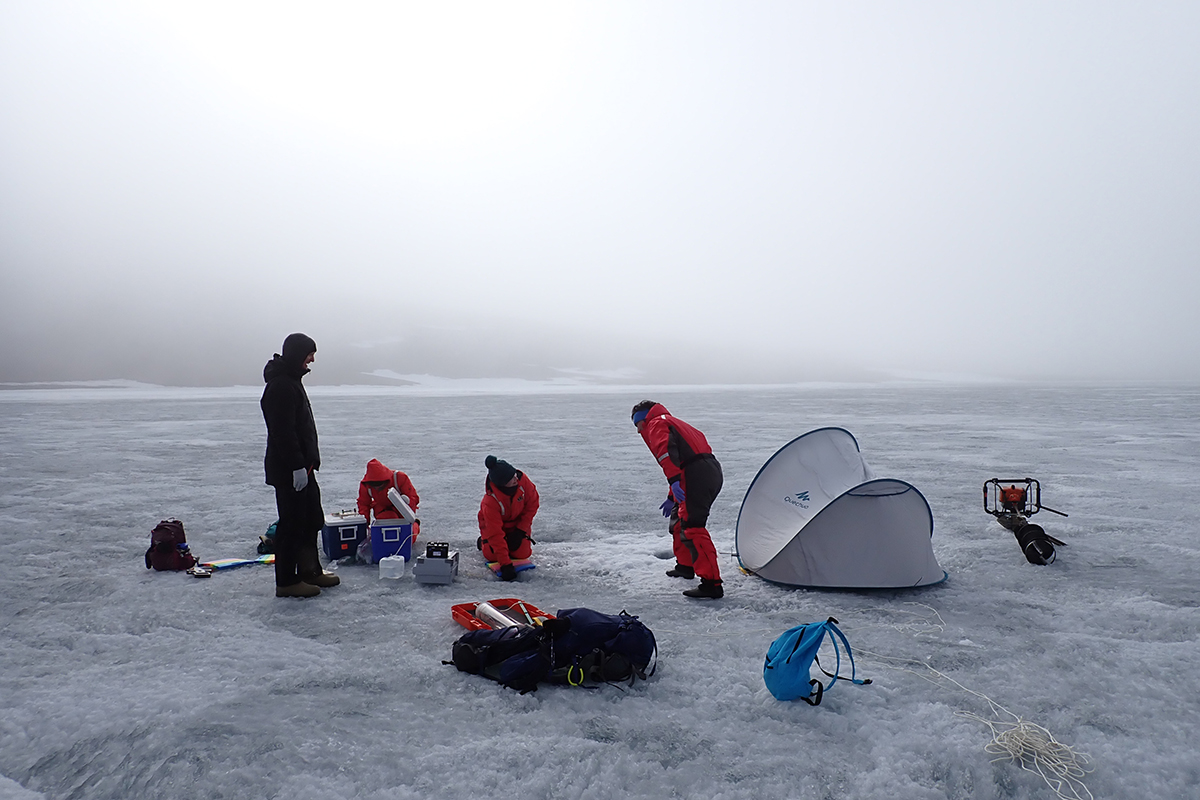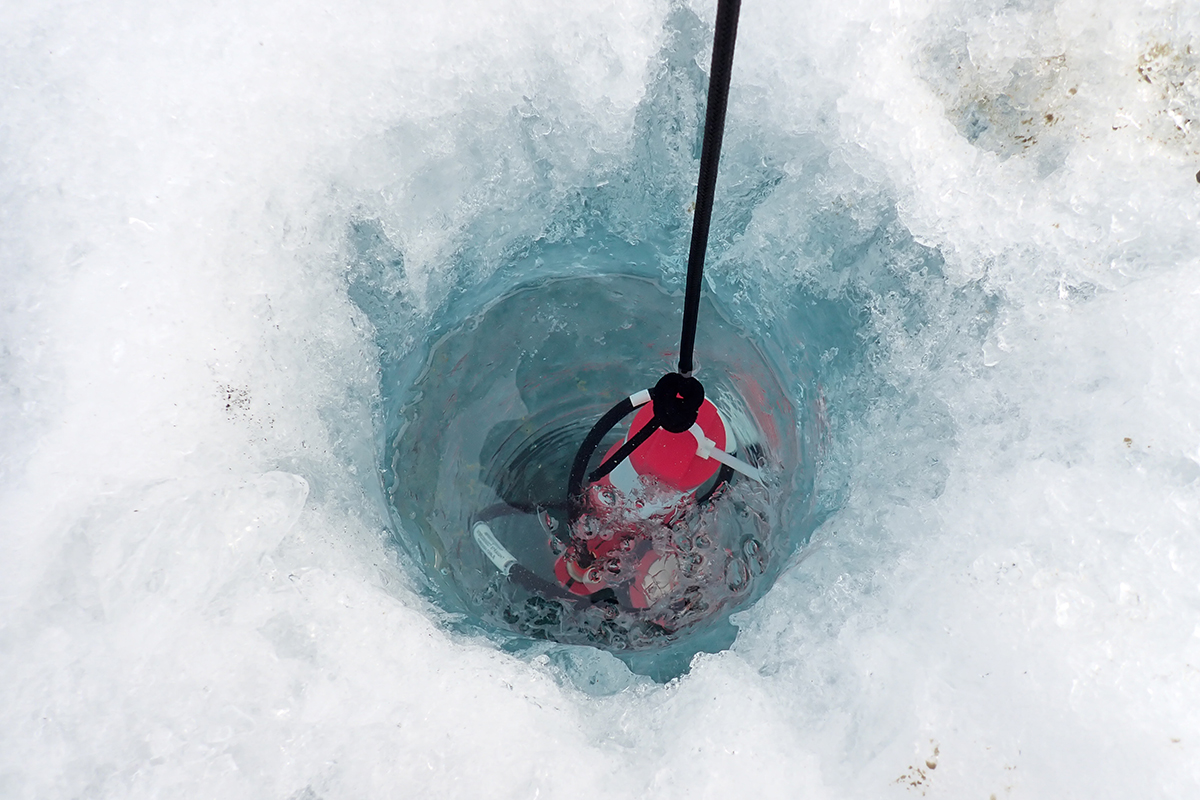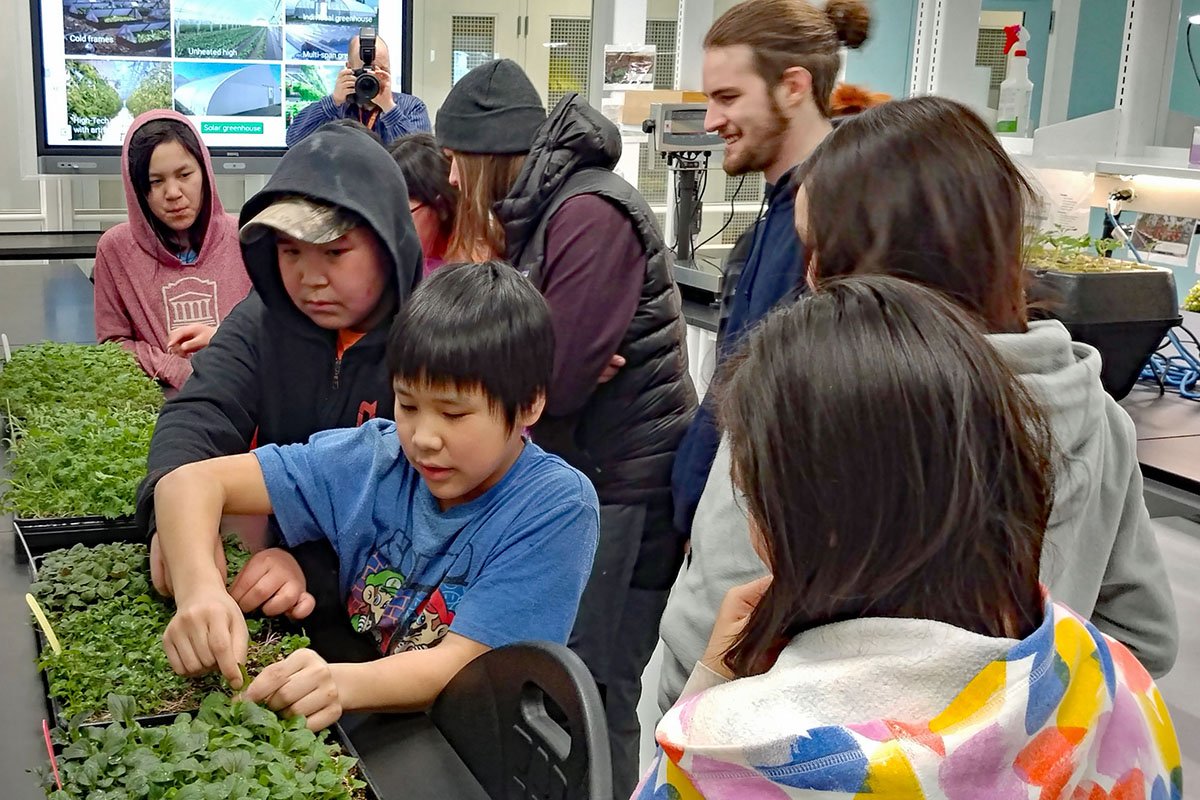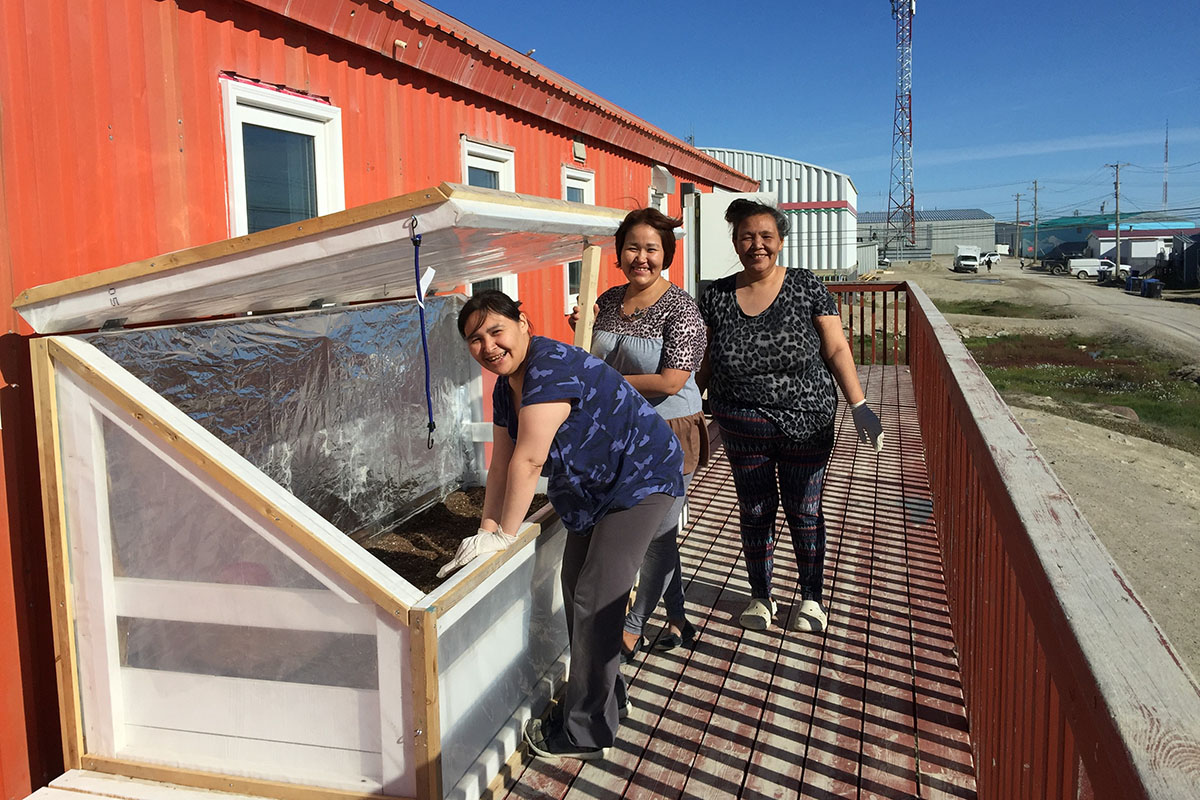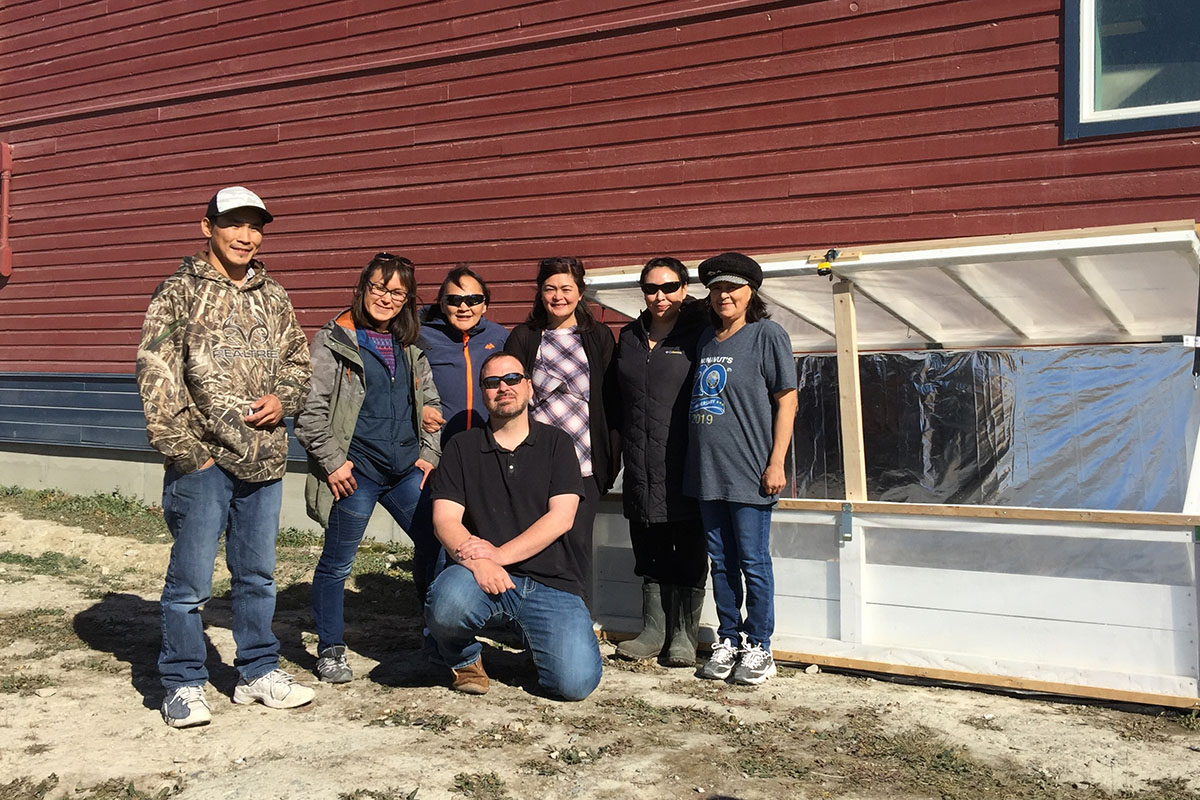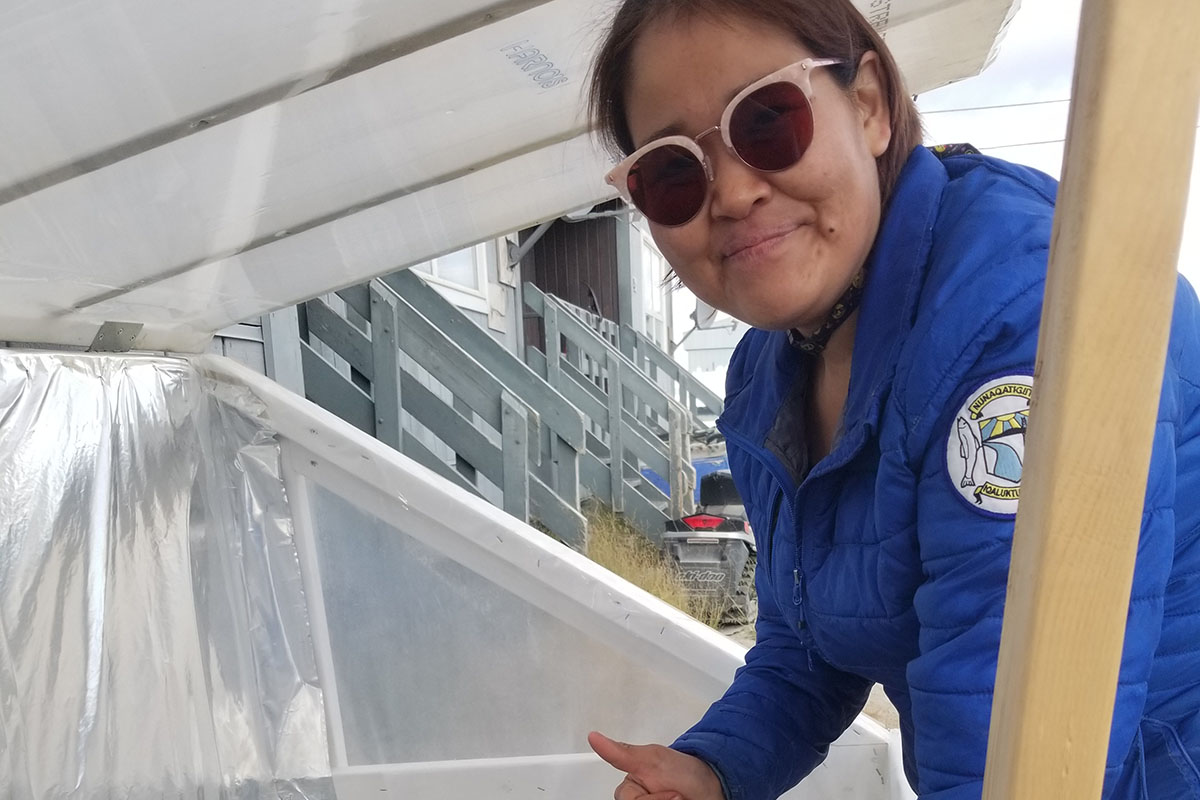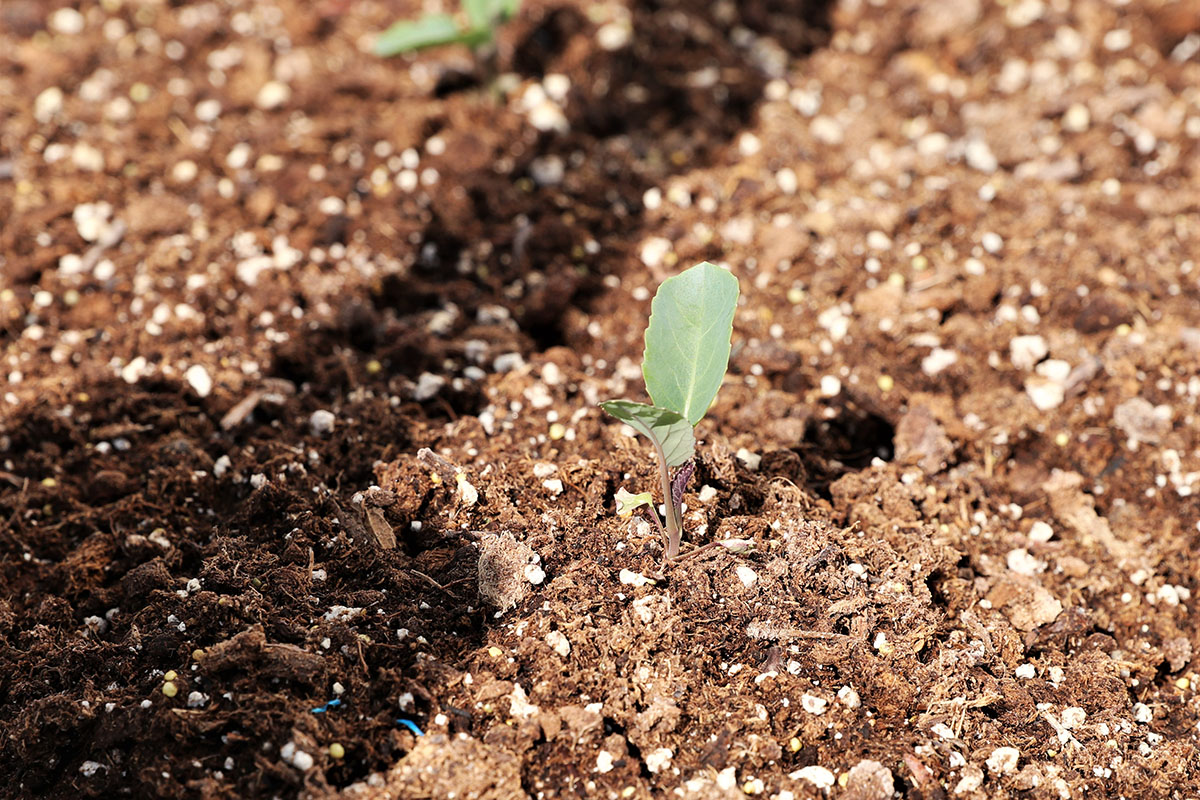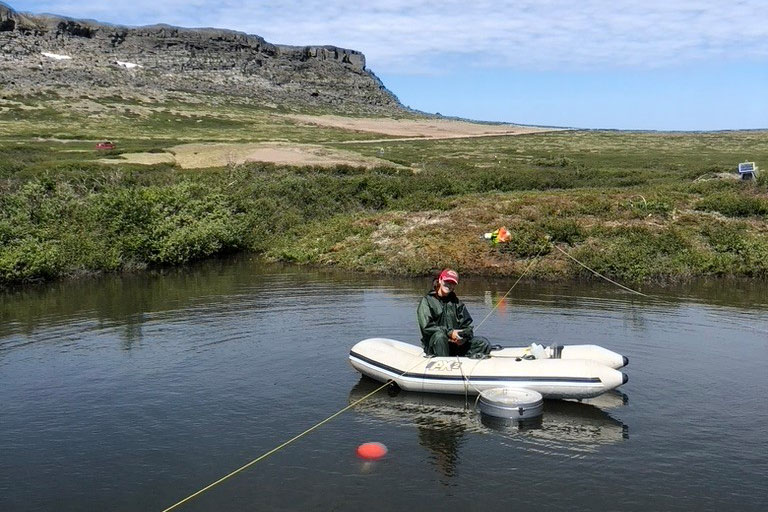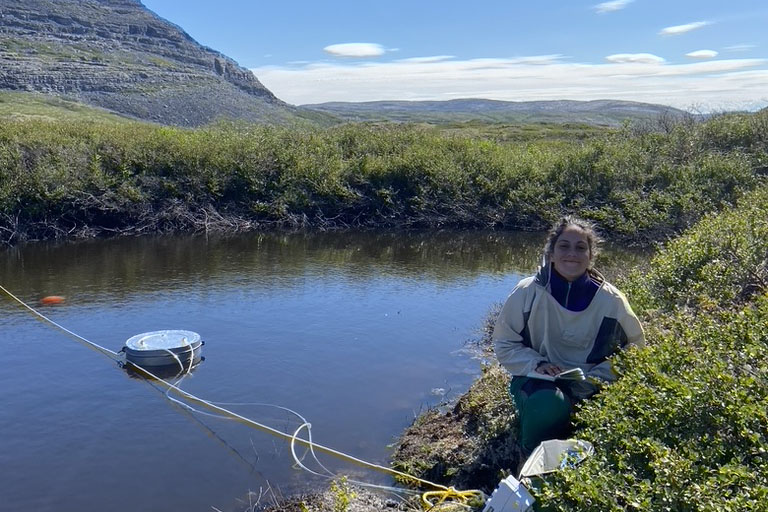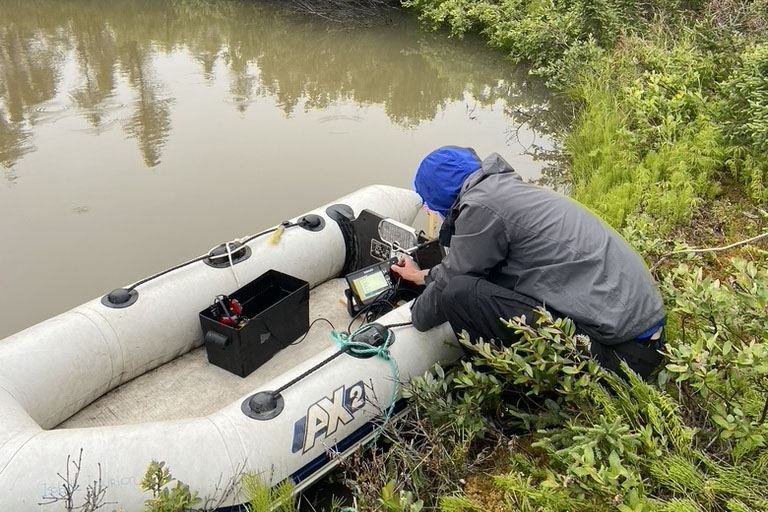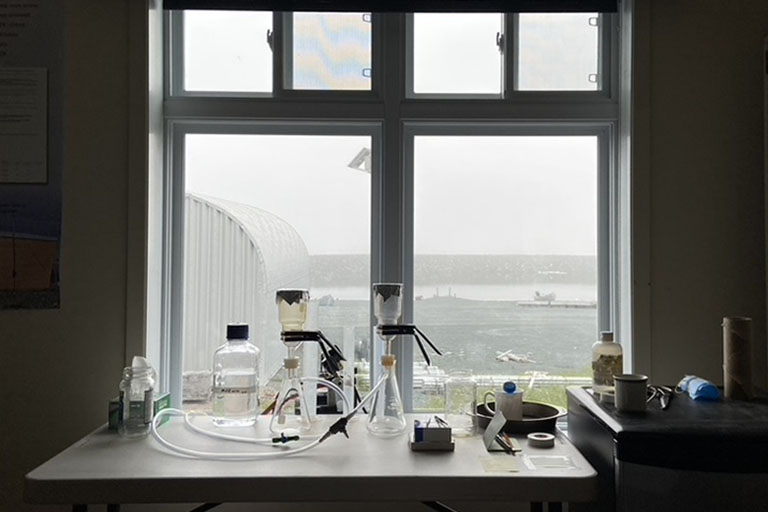Exceptional season for fieldwork
Published on 22 Sep 2022
Several Sentinel North teams have traveled to the North over the past few months to carry on with their research activities, meet with their northern partners, collect valuable data or deploy technologies on-site.
Below are a few selected examples of the fieldwork being conducted by Sentinel North researchers and students as part of a successful 2022 fieldwork season.
Collaborative initiatives for food security in the North
Sara Bolduc (research professional) and Marianne Falardeau (post-doctoral fellow) traveled to Kangiqsualujjuaq, Nunavik, to continue their research activities as part of the Chaire Littoral. Their work, conducted in close collaboration with local communities, aims to better understand the critical marine habitats of Arctic char from a nutritional point of view, as well as the importance of this species for the food security of the community, in the context of climate change.
In addition to biological sampling, they have organized a qualitative workshop with the people of Kangiqsualujjuaq, and participated in Camp Imalirijiit, which brings together Inuit youth, elders and community members to live on the land, share knowledge and study the marine environment of the region together.
Related projects:
- Tininnimiutait: Assessing the potential of local marine foods accessible from the shore to increase food security and sovereignty in Nunavik
- Fostering Indigenous Small-scale Fisheries for Health, Economy and Food Security (FISHES)
Novel optical fiber to monitor permafrost
A team formed by professors Martin Bernier (physics, engineering physics and optics), Richard Fortier (geology and geological engineering) and master's student Alexandre Ouellet has designed a system capable of accurately monitoring permafrost settlements. They installed it this summer in Umiujaq.
Monitored by an underground optical fiber, the ground movements thus captured will provide crucial information to numerical models describing the behavior of permafrost environments. This could allow us to better anticipate the stability of northern infrastructure built on permafrost, or the transformation of the ecosystems found in these regions.
Related project:
Publication:
Answers at the bottom of Arctic lakes
Professor Raoul-Marie Couture and his team were on Ward Hunt Island in Nunavut to participate in an interdisciplinary mission to learn more about the microbial and viral flora of last ice area. This mission is part of the Sentinel North "Last Ice Microbiomes" project, led by professors Alexander Culley and Warwick Vincent.
As chemists, professor Couture and his team are looking specifically at the coupled cycles of oxygen, selenium and sulfur in high Arctic lakes that are opening to the atmosphere for the first time in the geologic timescale.
Related projects:
- Last ice microbiomes and Arctic ecosystem health
- Sentinel North Research Chair in Aquatic Environmental Geochemistry
Publication:
Participatory research to increase food self-sufficiency in northern regions
An interdisciplinary team has set up a participatory research project with the municipality of Cambridge Bay in Nunavut in 2019. The goal: to increase the community's food self-sufficiency and enable knowledge transfer related to the use of different indoor and outdoor growing systems.
Members of the team, including coordinator Charles-Félix Fournier-Côté, regularly visit the community and have been able to start the growing season approximately two weeks earlier than in previous years, thanks to a prototype of isolated mini greenhouses distributed within the community.
Related projects:
- Participatory Action for an Inuit-Led Research on Food Production and Nutrition in Inuit Nunangat
- Sentinel North Research Chair on the Relations with Inuit Societies
Understanding gas dynamics in the Arctic
Using laser sources and innovative imaging techniques, a team of physicists, engineers and biologists aim to detect and quantify gas emissions from lakes and soils, which is crucial to better understand the processes that control gas dynamics in the Arctic.
Students and researchers traveled to Umiujaq in Nunavik to deploy various devices to measure GHG emissions in thermokarst ponds.
Related project:
From source to tap: quality drinking water for northern communities
A team led by professors Manuel J. Rodriguez and Stéphanie Guilherme visited the communities of Pond Inlet (Nunavut), Kangiqsualujjuaq and Umiujaq (Nunavik) this summer to continue characterizing water quality in lakes, drinking water production plants, water trucks, and home tanks. The team also conducted surveys on access, safety and hygiene related to drinking water among the population.
As part of two Sentinel North projects and based on the work of the Université Laval Drinking Water Research Chair, the team's research activities aim to better understand water systems in a context of climatic, geosystemic and societal pressures, and then to develop new strategies to anticipate environmental and health crises related to drinking water supply in the North.
Related projects:
